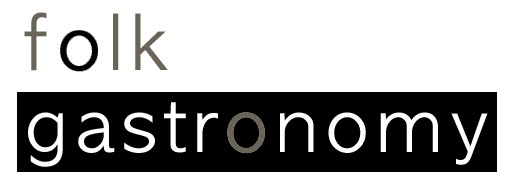[image: fodder and pasture plants, geo h clark and m oscar malte | rye is believed to have originated in central and eastern turkey before becoming the principle cereal grain in most european areas east of the maginot line and north of hungary. prior to christianization, pagan europeans believed the spirits of the grain lived amidst the fields of grain. following the harvest, the spirits would be homeless. to accomodate this, corn dollies were made from rye hay to give the spirits a place to stay throughout winter before the dollies were ploughed into the first furrow of the new season]
jd salinger's worldly field of rye serves as an interesting contradiction- a place where he, a sage preserving the games of youth, keeps children from falling from a cliff- the realization of adulthood, only to then run, like a violin spider, from the termites of a slowly rotting library, into a uniformity of an otherworldly, ascetic countryside. it is now, as he has merged with the infinite, that his multiplicity of written and speculative legacy will remain as flaubertian cover crop for future generations- a reclusive mirage over the staple fields of the wheat of allah.
[image: wikipedia | rye is a substrate for the peculiar and biologically ingenious fungus, claviceps purpurea (pictured), that grows on the ears of rye. the fungus contains high concentrations of the alkaloid ergotamine, a complex molecule that contains lysergic acid, an important analog and precursor of LSD, lysergic acid diethylamide. when consumed, ergotamine can result in the pathological syndrome, ergotism, which is characterized by hallucinations, irrational behavior, burning sensation, and convulsion. reports of ergotism in history date to 1676 and have been experienced as recently as 1951, where, in pont-saint-esprit, france, over two hundred people were affected from the consumption of ergotic rye]
[image: www.law.umkc.edu]
it has been suggested that ergotism was directly responsible for the behaviors of the hexed at the salem witch trials- one of the more bizarre and decadent displays of judicial theater and platitude from a chrysostom people who expelled such worldly and cultured pleasures from their life. evidence of optimal weather conditions, the importance of rye as food staple, and the hexed's behavior provide an alternative narrative to the puritans' accusation and enquiries of witchcraft- believed to be the indwelling manifestation and corruption of voodou from slave culture. if this was, in fact, the circumstance, we see how food can be the vehicle for alkaloid-induced, unexpected near-shamanic states- a case where socratic nature challenges the calvinist rigidity of a people, and where the polymorphic spirit of the native mahican and massachuset tribes rises from another culture's supreme authority.
the writer and the witch, then, came under the grips of both the limits of their neighbors, as well as the ethereal- that which transposed them from their babel and polarized them into the elusive, from which emerged a mythology concomitant with the metaphorical sexual lust of the fungus for the female form- where clever, best guess mechanisms sometimes inundate the susceptibility of design.
[image: various stages and bodies from the life cycle of claviceps purpurea | infection of a grain occurs when a spore from claviceps mimics a pollen grain growing into an ovary during fertilization. infection requires access to the female stigma for the fungus to be able to penetrate deep enough to get to the grain's vascular bundle for energy. puritan belief held that because eve corrupted, all women carried with them the stain of original sin. this resulted in their marginalization]
the writer and the witch, then, came under the grips of both the limits of their neighbors, as well as the ethereal- that which transposed them from their babel and polarized them into the elusive, from which emerged a mythology concomitant with the metaphorical sexual lust of the fungus for the female form- where clever, best guess mechanisms sometimes inundate the susceptibility of design.






No comments:
Post a Comment